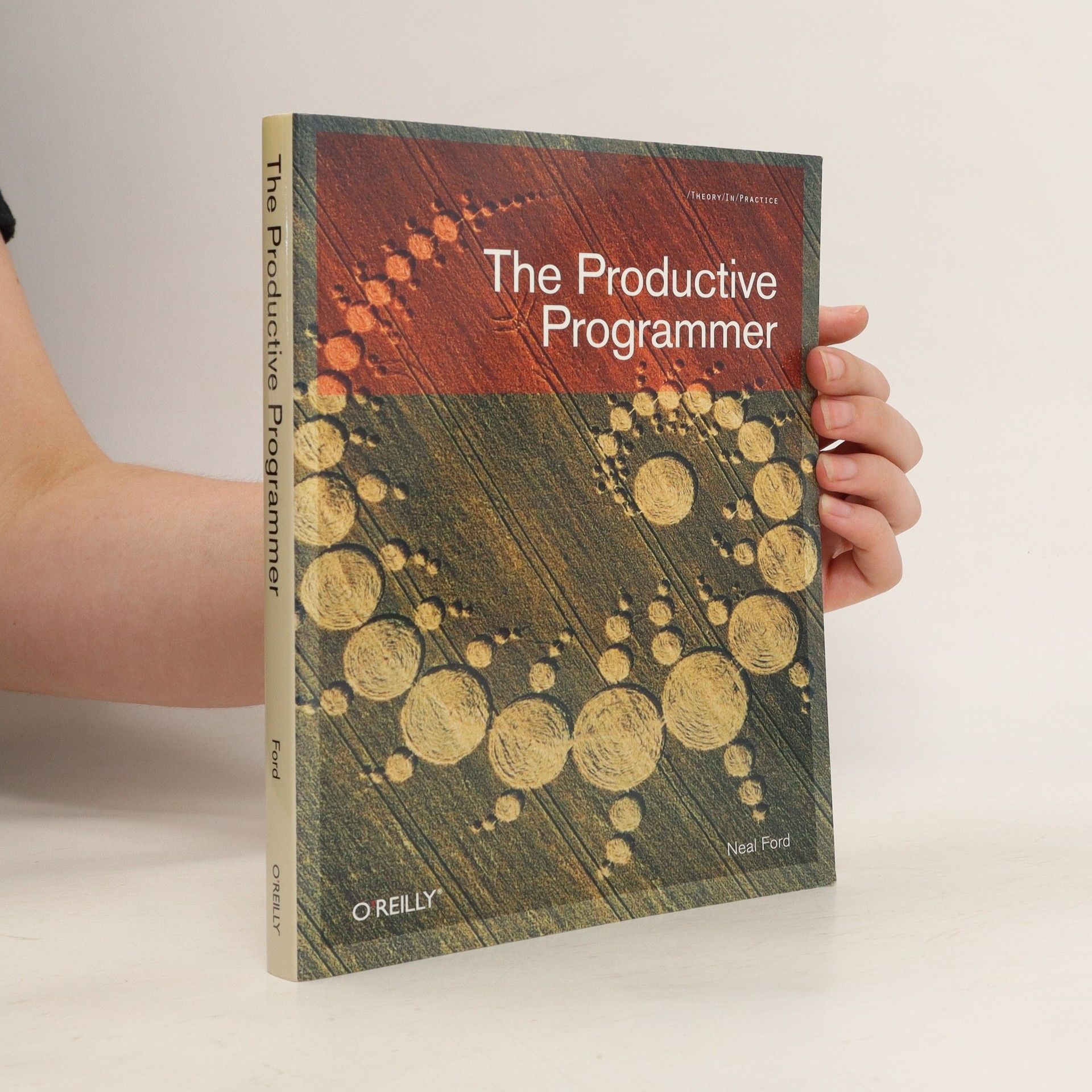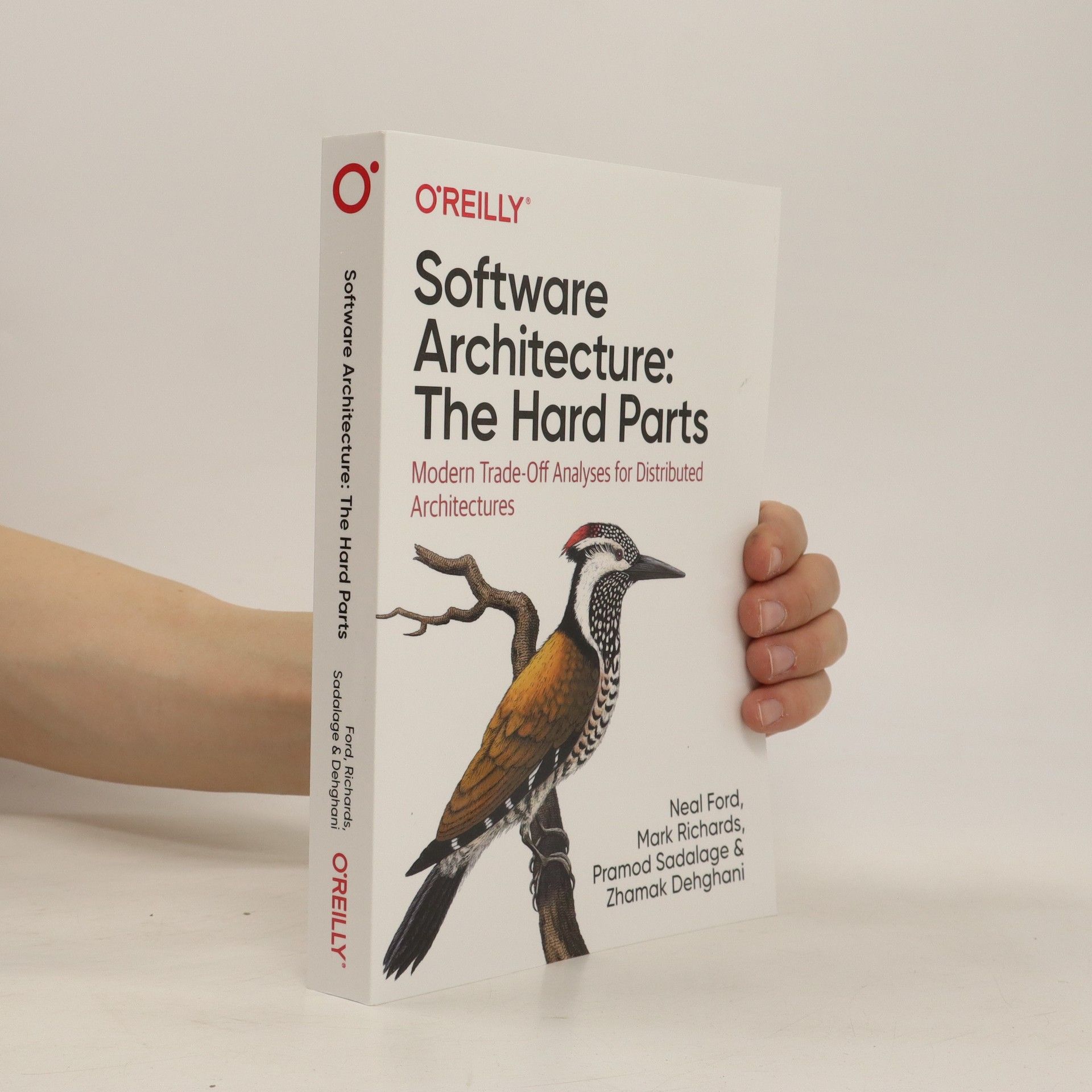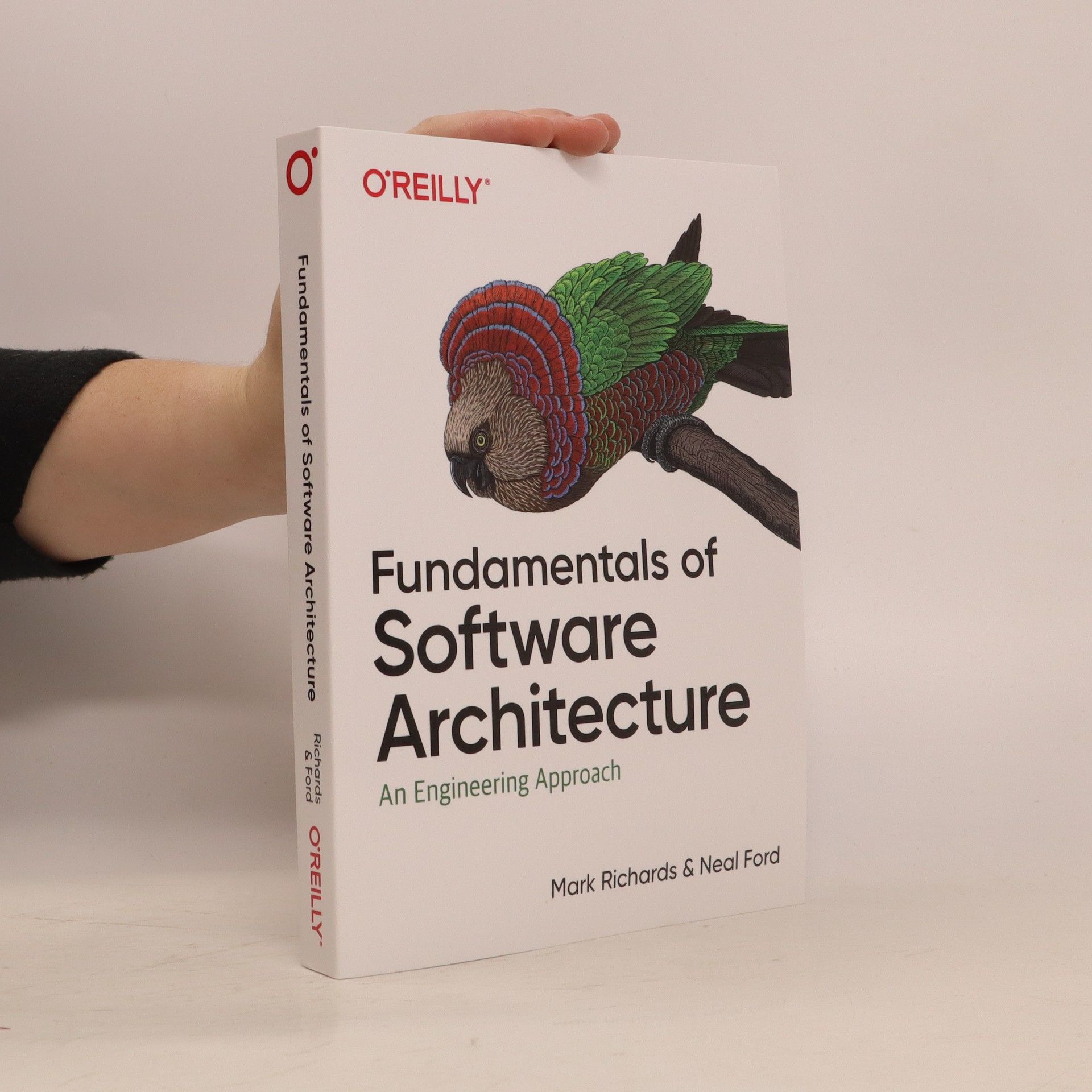Geared towards software developers, this guide offers a practical introduction to software architecture, emphasizing the thought processes involved. It clarifies the differences between architecture and design while connecting code, components, and architectural styles through engaging examples. The book stands out with its visually rich format, rooted in cognitive science, making complex concepts accessible and enjoyable. This multisensory approach aims to enhance learning and retention, providing a quick and entertaining pathway into the world of software architecture.
Neal Ford Reihenfolge der Bücher
Neal Ford ist Softwarearchitekt und Meme-Koordinator bei ThoughtWorks, einem Unternehmen, das sich auf die durchgängige Softwareentwicklung und -lieferung spezialisiert hat. Er konzentriert sich auf die Konzeption und Erstellung von großen Unternehmensanwendungen. Ford ist außerdem ein international gefeierter Redner und hat mehrere Bücher zu verschiedenen technologischen Themen verfasst oder herausgegeben. Seine Expertise liegt im tiefen Verständnis von Software-Designprinzipien und deren effektiver Umsetzung.




- 2024
- 2021
Software architecture: The hard parts
- 450 Seiten
- 16 Lesestunden
Architects are often harried because they have no clean, easy decisions: everything is an awful tradeoff between two or more less than perfect alternatives. These are the difficult problems architects face, what this book's authors call "the hard parts." These topics have no best practices, forcing architects to understand various tradeoffs to succeed. This book discusses these hard parts by not only investigating what makes architecture so difficult, but also by providing proven ways to address these problems and make them easier. The book explores topics such as choosing an appropriate architecture, deciding on service granularity, managing workflows and orchestration, managing and decoupling contracts, managing distributed transactions, and optimizing operational characteristics such as scalability, elasticity, and performance. As practicing consultants, the authors focus on questions they commonly hear architects ask and provide techniques that enable them to discover the tradeoffs necessary to answer these questions.
- 2020
Fundamentals of software architecture: An engineering approach
- 432 Seiten
- 16 Lesestunden
Although salary surveys worldwide regularly identify software architect as one of the top ten best jobs, no decent guides exist to help developers become architects. Until now. This practical guide provides the first comprehensive overview of software architecture's many aspects. You'll examine architectural characteristics, architectural patterns, component determination, diagramming and presenting architecture, evolutionary architecture, and many other topics.Authors Neal Ford and Mark Richards help you learn through examples in a variety of popular programming languages, such as Java, C#, JavaScript, and others. You'll focus on architecture principles with examples that apply across all technology stacks.
- 2008
The Productive Programmer
- 206 Seiten
- 8 Lesestunden
Anyone who develops software for a living needs a proven way to produce it better, faster, and cheaper. The Productive Programmer offers critical timesaving and productivity tools that you can adopt right away, no matter what platform you use. Master developer Neal Ford not only offers advice on the mechanics of productivity--how to work smarter, spurn interruptions, get the most out your computer, and avoid repetition--he also details valuable practices that will help you elude common traps, improve your code, and become more valuable to your team. You'll learn This isn't theory, but the fruits of Ford's real-world experience as an Application Architect at the global IT consultancy ThoughtWorks. Whether you're a beginner or a pro with years of experience, you'll improve your work and your career with the simple and straightforward principles in The Productive Programmer .